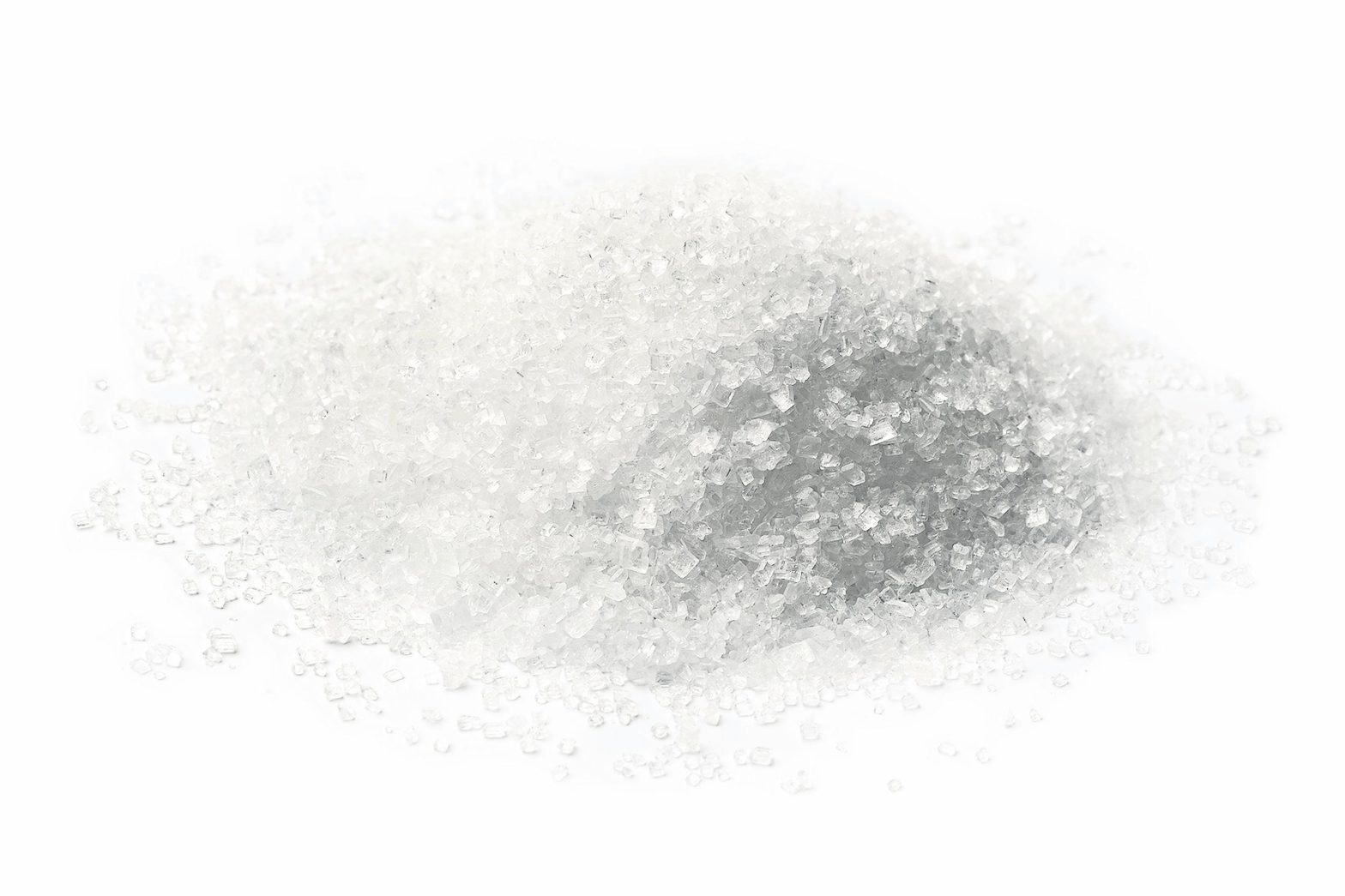![Trying to limit your sugar intake? Start by cutting one simple thing. [MORE CONTENT NOW]](http://127.0.0.1/wordpress/wp-content/uploads/2022/01/ghows-DA-66c45f37-2659-36b0-e053-0100007f9745-64009244-scaled.jpeg)
This article appears in Spring Boomers magazine.
Too much sugar isn't just making us fat, it's making us sick. Growing scientific evidence shows that eating too much added sugar is linked to serious health problems including developing type 2 diabetes, cardiovascular disease, hypertension, chronic fatigue and liver disease.
As we age gaining weight is a serious issue, especially weight gained around the middle, said Laura Schmidt, a professor of health policy in the School of Medicine at the University of California at San Francisco.
"Sugar belly is a health concern for both men and women," Schmidt said, referring to an "apple" body shape, in which the waist measurement is larger than that of the hips. It can be caused by a metabolic syndrome due to an overconsumption of added sugar, Schmidt said.
Basically, too much added sugar overstresses the liver, which then fails to regulate it correctly. Instead, the liver turns the excess sugar into fat, which is stored in the liver and released into the bloodstream.
"The issue is that as we age, once you hit your 50s and on, you start to see changes in your metabolism, especially in post-menopausal women but also in men, who are then more vulnerable to weight gain and obesity," Schmidt said.
In addition to other chronic diseases, consuming too much sugar can lead to nonalcoholic fatty liver disease, Schmidt said. It's the second-leading cause of liver transplant in America, she said.
Just over 70 percent of Americans are overweight or obese, according to the Centers for Disease Control and Prevention. Doctors often counsel people to lose weight, but Schmidt stresses that avoiding gaining additional weight is a good health decision, too.
"You can't think that weight gain is inevitable," she said.
A recent nationwide survey from Label Insight, a leader for product transparency in the food industry, found that 67 percent of Americans will be prioritizing healthy or socially conscious food purchases in 2018.
Their primary point of emphasis is cutting back on sugars, with nearly half of consumers (47 percent) planning to eat less sugar or buy more "no sugar added"-labeled products this year. Baby boomers and women are by far the most likely to simmer down the sweetness, with 53 percent of boomers planning to cut down on sugary foods compared to 40 percent of millennials.
If you're trying to cut back on sugar, here are some of Schmidt's tips:
Start with one thing
Cut out one simple thing like the 3 p.m. sugary soda.
"Don't pile on too much at once. Do one simple thing. Do it well and make it a routine," Schmidt said.
Make healthy replacements
"Nature abhors a vacuum," Schmidt said. If you eat candy at your desk or while running errands, replace it with frozen grapes. "Change your habit," Schmidt said.
Clean your environment
"Get the crap out of your cupboards. Buy substitutes for the sugary foods that you enjoy," Schmidt said. If you're a soda drinker, make it yourself and gradually lower the syrup. Try soda water with lemon or a dash of fruit juice.
Watch your alcohol
Cutting down on alcohol will reduce your sugar intake, especially if you're mixing it with soda. Schmidt gave this breakdown:
— A 12-ounce soda equals 39 grams of carbohydrates
— A 12-ounce beer equals 13 grams of carbohydrates
— A 5-ounce glass of wine equals 0 to 4 carbohydrates
Scientists recommend women consume no more than six teaspoons, or 25 grams, of added sugar a day. For men, it's nine teaspoons, or 38 grams.
Read labels
"Sugar is hiding in 74 percent of packaged foods. Be vigilant," Schmidt said.
Look for the new label
Due to increasing concerns about the amount of sugar consumed by Americans, a redesigned nutrition facts panel will debut in July.
The biggest change is a separate line that highlights the "added sugars" in a food, which is expressed as a percentage of the recommended daily value — the amount of sugar consumption nutritionists find reasonable for a person as part of a 2,000-calorie per day diet. The current label shows the total amount of sugar (both naturally occurring and added) as one line.
By any other name …
Sugar is a complex issue. Sometimes it's natural, such as when it appears in fruits and vegetables, honey or maple syrup. Other times it's "added to food during processing, either in a factory, in the kitchen or at the table," Schmidt said.
There are 61 different names for sugar used in food processing that appear on ingredient lists, Schmidt said. Some of the main ones:
— Sometimes referred to as blood sugar, glucose is the sugar measured when a person has a blood test. It is chemically identical to (and also known as) dextrose.
— Fructose, or fruit sugar, is often joined with glucose to make sucrose, or common table sugar.
— High-fructose corn syrup undergoes processing to add sweetness and can contain as much as 90 percent fructose.
Sugars like fructose and glucose are main forms of carbohydrates, along with starches such as potatoes, grains, rice and bread. The body breaks down carbohydrates into the sugar glucose, to be used as energy.

This article originally appeared on Crestview News Bulletin: Too much sugar: Cutting back is hard, but healthful. How to start
